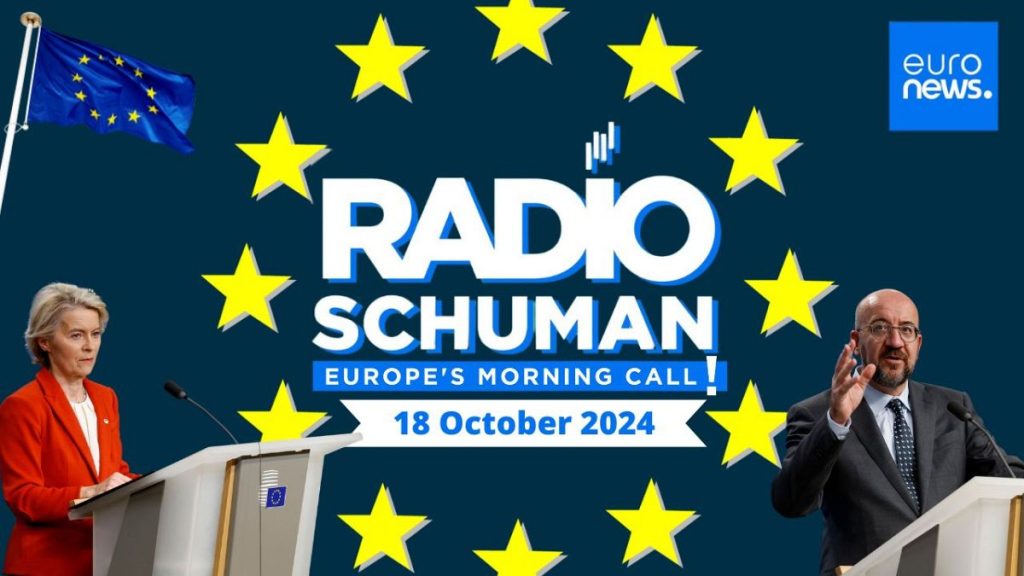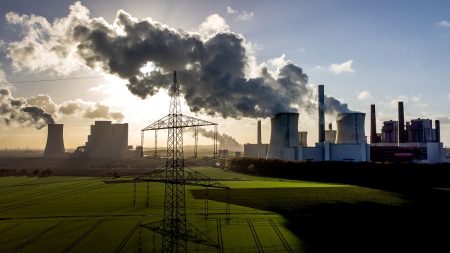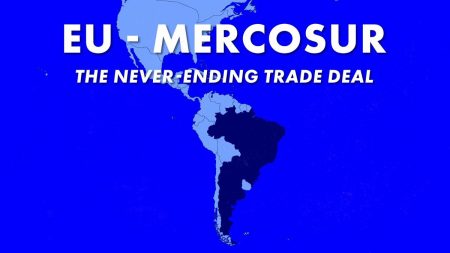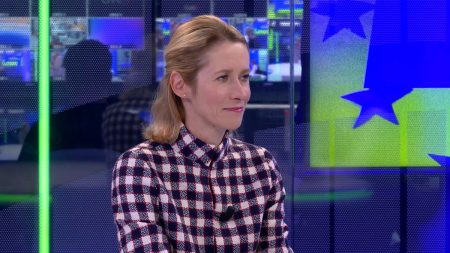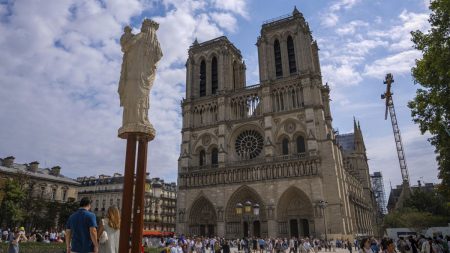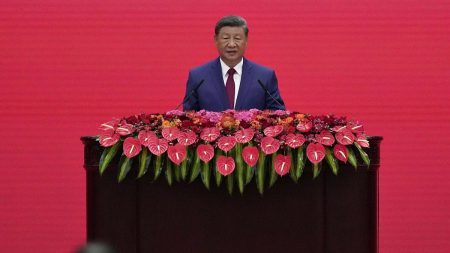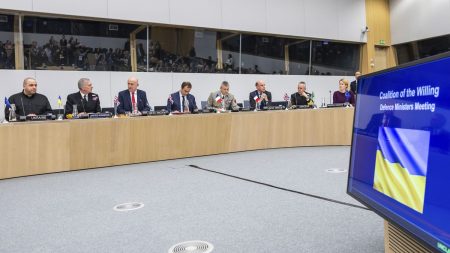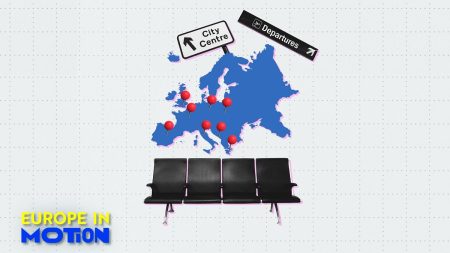The European Council summit held recently saw discussions revolving around migration policy dominating the agenda. Among the key topics of discussion were the concept of “return hubs” – centers in third countries where migrants within the EU, whose asylum claims have been rejected and cannot be repatriated, would be held. This marked a potential shift in how the European Union approaches migration, with leaders also discussing the implementation of the EU’s asylum and migration pact set for 2026. However, the final conclusions of the summit did not include mention of return hubs, nor did they provide a timeline for the new migration pact. Instead, leaders called on the European Commission to propose new legislation on deporting rejected asylum seekers within the EU and supported Poland’s proposal to allow nation states to temporarily suspend asylum applications.
One of the key developments at the summit was European Commission President Ursula von der Leyen’s suggestion that temporary and proportionate measures could be legally feasible in addressing migration challenges. This hints at a potentially new approach to managing migration within the EU. Additionally, the summit saw leaders supporting Poland’s call for nation states to have the right to temporarily suspend asylum applications, showing a willingness to consider alternative measures in addressing migration issues. The absence of a timeline for the EU’s new migration pact and the exclusion of return hubs from the final conclusions indicate that there is still much to be discussed and decided upon regarding the bloc’s future migration policies.
In a first at the summit, Dutch far-right leader Geert Wilders attended the pre-summit meeting of the far-right Patriots of Europe. This meeting provided exclusive sound bites and insights into the perspectives of far-right leaders on migration and other key issues facing Europe. The presence of far-right leaders at the summit underscores the diverse perspectives and approaches to migration held within the European political landscape. The summit also featured discussions on happiness levels across Europe, with a correlation between high rates of happiness and the amount of sunlight in different regions. This light-hearted topic provided a break from the heavier discussions on migration policy and showcased the diverse topics covered at the summit.
Overall, the European Council summit highlighted the complex and multifaceted nature of migration policy within the EU. The discussions around return hubs, the new migration pact, and potential legislative measures for deporting rejected asylum seekers underscore the challenges and disagreements among EU leaders on how to address migration issues. The summit also showcased the diverse perspectives on migration, with far-right leaders attending pre-summit meetings and voicing their opinions. The absence of specific details on return hubs and the lack of a timeline for the new migration pact indicate that further discussions and negotiations are needed to reach a consensus on the EU’s approach to migration in the future. As the EU continues to grapple with migration challenges, finding common ground and effective solutions will be crucial for addressing the issue in a comprehensive and sustainable manner.




